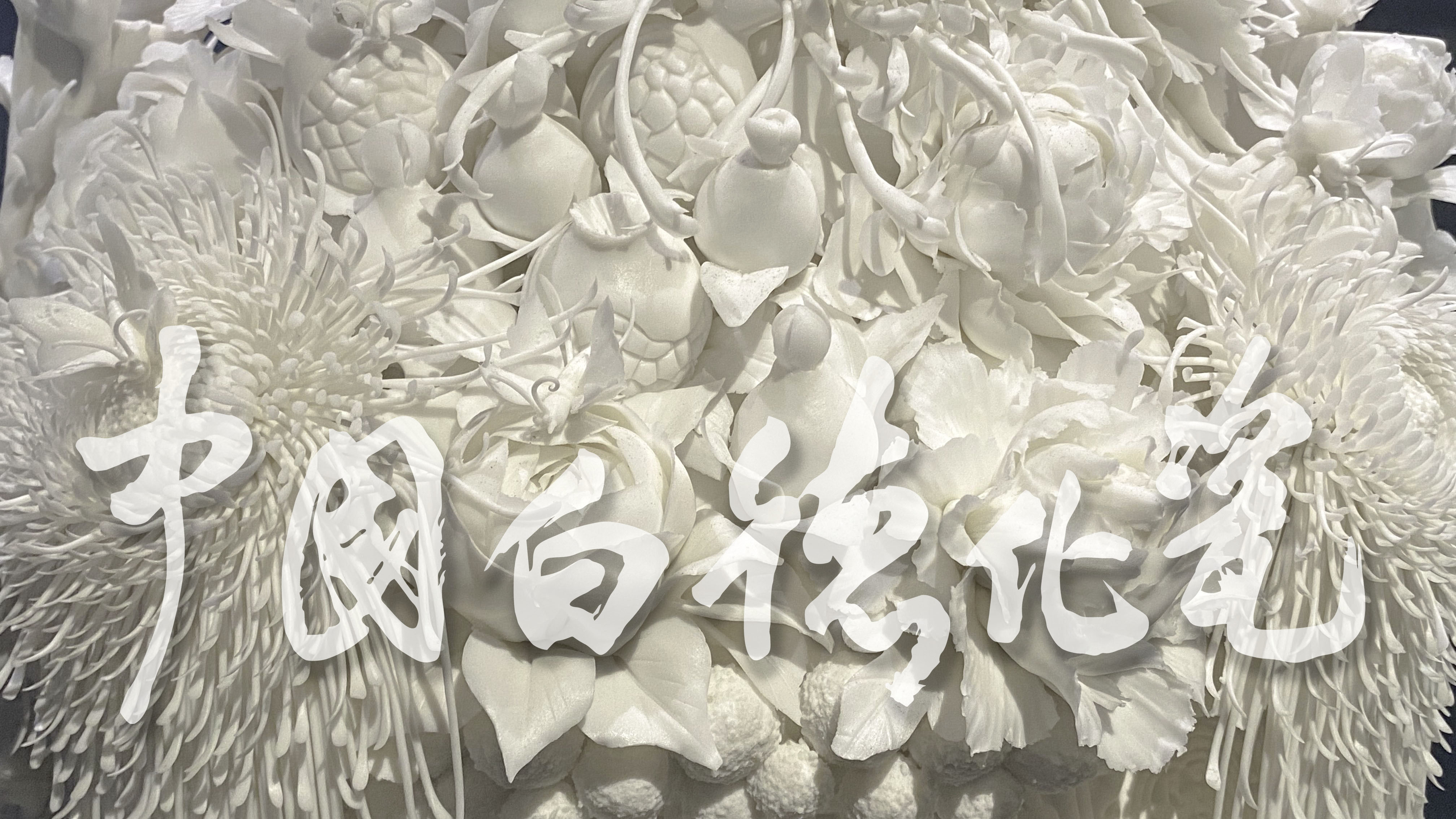Dehua, an ancient county with a thousand-year history, is also celebrated as the “Porcelain Capital of China.” Located in central Fujian and northern Quanzhou, it was established in the 4th year of Changxing under the Later Tang Dynasty (933 AD) and named “Dehua,” meaning “to transform people with virtue.”
Today, Dehua is home to more than 4,000 ceramic enterprises and over 100,000 employees in the industry. It also houses the only National Industrial Design Institute dedicated to ceramics. Dehua is recognized as China’s largest production and export base for ceramic handicrafts, the country’s largest ceramic teaware and flowerpot manufacturing hub, and has been honored as a National Export Ceramics Quality and Safety Demonstration Zone. It has also earned titles such as “China’s Porcelain Capital,” “Hometown of Chinese Folk Culture and Art,” “Historic Ceramic City of China,” and “Demonstration Zone for Industrial Cluster Innovation and Upgrading in the Ceramic Industry.”
The history of ceramics in Dehua spans over 3,700 years. Ceramic production began in the Neolithic Age, flourished during the Tang and Song dynasties, and reached its peak in the Ming and Qing dynasties. As one of the birthplaces of Chinese ceramic culture, Dehua compiled the world’s earliest “Ceramic Industry Code” during the Tang dynasty and produced the world’s first ceramic factory planning design, known as the Meiling Diagram.
In 2006, Dehua porcelain firing techniques were listed among China’s first batch of National Intangible Cultural Heritage. In 2015, the World Crafts Council awarded Dehua the title of the world’s only “World Ceramic Capital.”
Renowned for its whiteness, Dehua’s porcelain is made from kaolin clay of exceptional quality, with very low levels of iron and titanium impurities. This results in a pure, fine, and jade-like texture—warm, bright, elegant, and delicate—praised as “Ivory White” and “Goose-Feather White.” Internationally, it is known as “Blanc De Chine”, regarded as the finest of Chinese porcelains.
Dehua’s ceramic artistry is unmatched, especially its porcelain sculpting techniques, which are celebrated as the pinnacle of the craft. Dehua is thus hailed as the “Hometown of Blanc De Chine, the Cradle of Ceramic Art.” Eighteen pieces of Dehua porcelain were selected as state banquet and national gift ceramics for the BRICS Summit in Xiamen, and works from Dehua are now housed in more than 40 renowned museums worldwide, including the National Museum of China. In September 2021, Dehua white porcelain was listed as a Cultural Symbol of Fujian Province. Dehua was also responsible for producing ceramic mascots for the Beijing 2022 Winter Olympics and Paralympics (Bing Dwen Dwen and Shuey Rhon Rhon), as well as official high-level gifts such as the Winter Olympic WenjunVase and the Paralympic Wenjun Vase. Dehua also created official licensed ceramic products for the 2022 Qatar World Cup (including the “Star Cup” and “Canton Tower Beer Mug”) and for the upcoming 2024 Paris Olympics (the “Triumphal Goblet”).
With its deep ties to the Maritime Silk Road, Dehua porcelain became an important export as early as the Song and Yuan dynasties, shipped in large quantities to Europe and beyond, earning it the title of a “Messenger of World Cultural Exchange.” This trade prosperity was once described as “a basket of white porcelain for a chest of silver.”
In July 2021, the Dehua kiln sites, as part of “Quanzhou: Emporium of the World in Song-Yuan China”, were inscribed on the UNESCO World Heritage List.
